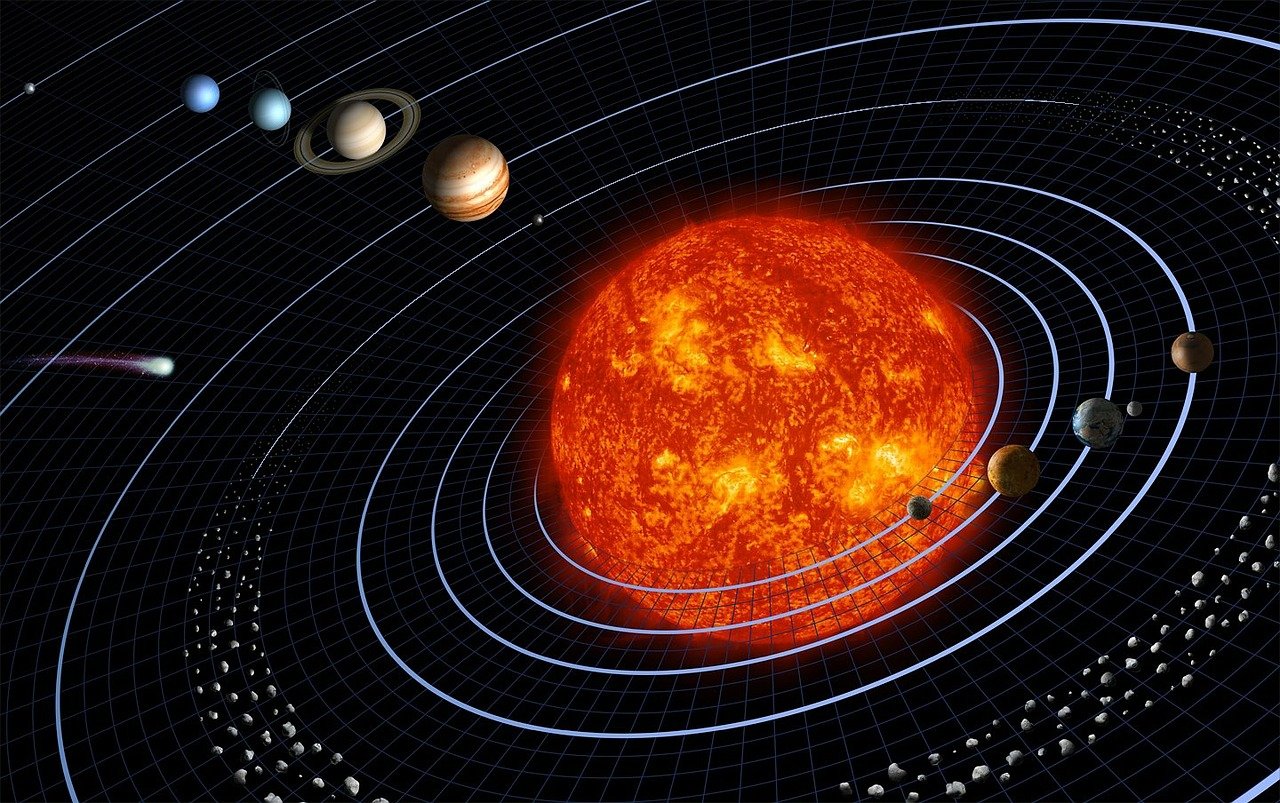The strangest planets in the universe

Each discovery we make in the field of astronomy reveals a little more to us about the cosmic tapestry of which we are part and today we will take an interesting journey through the strangest planets in the known universe . Not all of them are there, but they are all of them. We will move through exoplanets that combine winter and hell in equal parts, massive planets where it rains iron or even glass and many others that have turned out to be particularly curious.
HD 189733b
Located approximately 63 light-years away in the constellation Vulpecula, HD 189733b is a gas giant known for its extraordinarily peculiar climate. This exoplanet is famous for its ” glass rain” . At extremely high temperatures, silicate particles in the planet’s atmosphere condense to form glass, which then falls with great ferocity thanks to the planet’s 7,000 km/h winds. We don’t have anything similar on our planet (which has at most had wind records of 372 kilometers per hour). The spectacle of seeing how high temperatures turn silicate particles into glass that rains sideways must be impressive.
WASP-103b
It is one of the most extreme planets known. About 35 light years from Earth, in the constellation Hercules, lies the gas giant WASP-103b . It is approximately twice the size of Jupiter and 1.5 times its mass . Mind you, the planet itself has an unusual shape and was the first to provide evidence of deformation caused by the gravitational pull of its star. It is so close to its host star that it completes one orbit in just 0.92 Earth days, which has caused it to adopt a curious shape like an American football.
Gliese 1132b
We now travel to a rocky exoplanet about 40 light years away from Earth. It is unique because it could have a water-rich atmosphere. Although it is too close to its host star to support life, at least as we know it here (it completes its orbit in just 1.6 days), the possible presence of a water-rich atmosphere on a rocky exoplanet is intriguing to astrobiologists. . Due to its proximity to its star, Gliese 1132b experiences enormous tidal forces on its surface, causing the entire planet to contract and stretch.
Kepler-10b
Located about 560 light years away, Kepler-10b stands out for being the smallest known exoplanet so far discovered by the “transit” method and for its extreme density (it is 5.6 g/cm3). This rocky exoplanet has a mass 4.6 times greater than Earth. It is also very close to its star, which also means that its temperatures are scorching, around 1300ºC and molten droplets of iron and silicates are expelled from the surface creating a tail of fire.
TOI-3757 b
We are facing an incredibly spongy planet . It is slightly larger than Jupiter and orbits its star every 3.5 days. But the most striking thing of all is that it has a density similar to that of cotton candy . It would even float in water because it is so light. Its density would be 0.27 grams per cubic centimeter (g/cm3). It is an unusual gas giant orbiting a binary star system; It orbits a cool red dwarf about 580 light years from Earth in the Auriga constellation.
55 Cancri e
A diamond planet? Researchers believe that up to a third of this planet’s mass could be made up of diamonds, as a result of the high pressure and carbon-rich environment. Its temperatures are close to 2700 ºC. It is a truly extraordinary world located about 41 light years away and is twice the size of our home planet, but eight times more mass.
WASP-76b
Ready for more extreme weather? At WASP-76b, located about 640 light years from Earth, temperatures are above 2,500 °C , hot enough to vaporize metals. Interestingly, the temperatures are so high that they serve to vaporize iron and therefore “rain” iron from its atmosphere, a phenomenon caused by the temperature difference between its day and night sides.
HD 206893 c
HD 206893 c is a gas giant with a unique characteristic: it appears to be continuously burning deuterium and its core is in constant nuclear fusion . It is located 130 light years from Earth and 484 million kilometers from its star. “The discovery of HD 206893 c is a really important moment for the study of exoplanets, as ours may be the first direct detection of a ‘Gaia exoplanet,'” said Sasha Hinkley of the University of Exeter in England, whose team discovered this exoplanet in data collected by the European Space Agency’s Gaia telescope.
